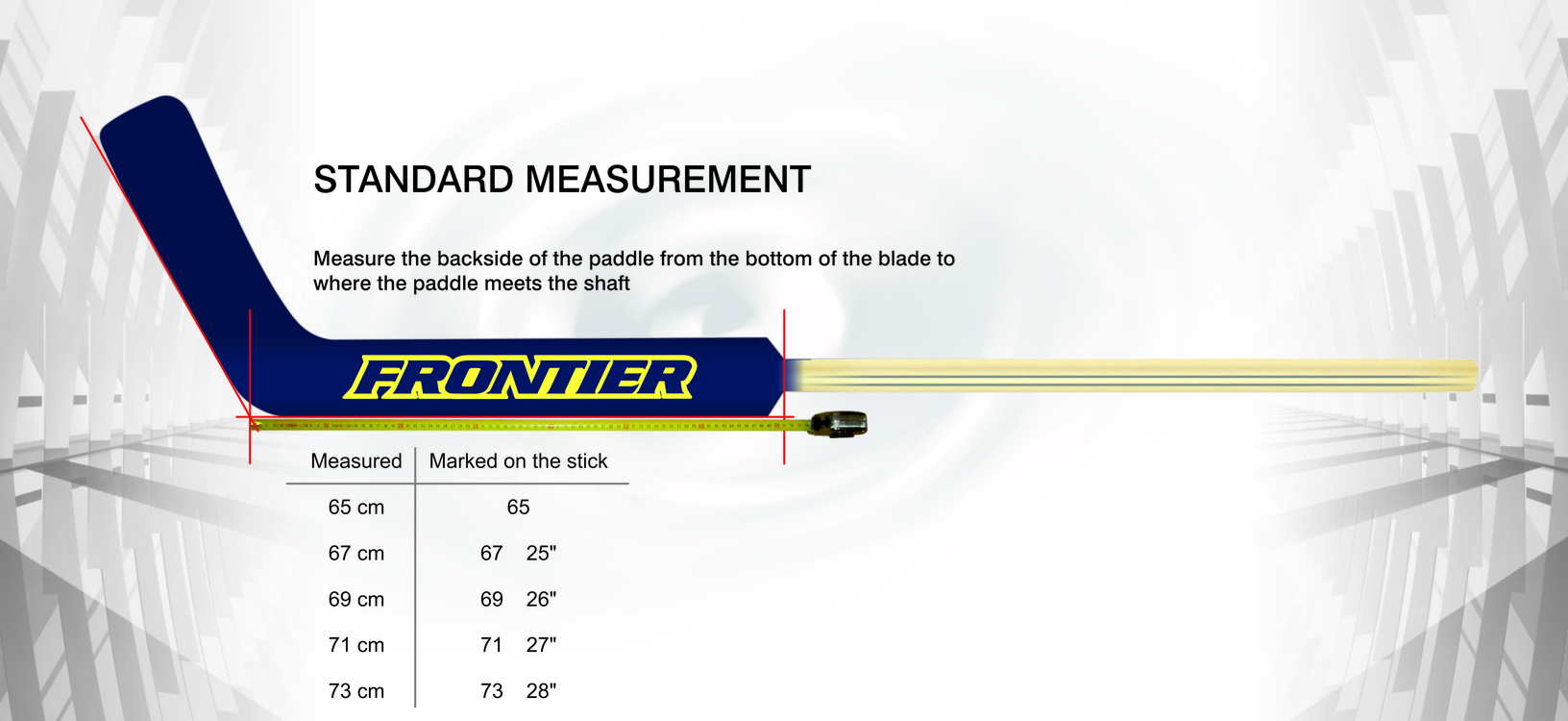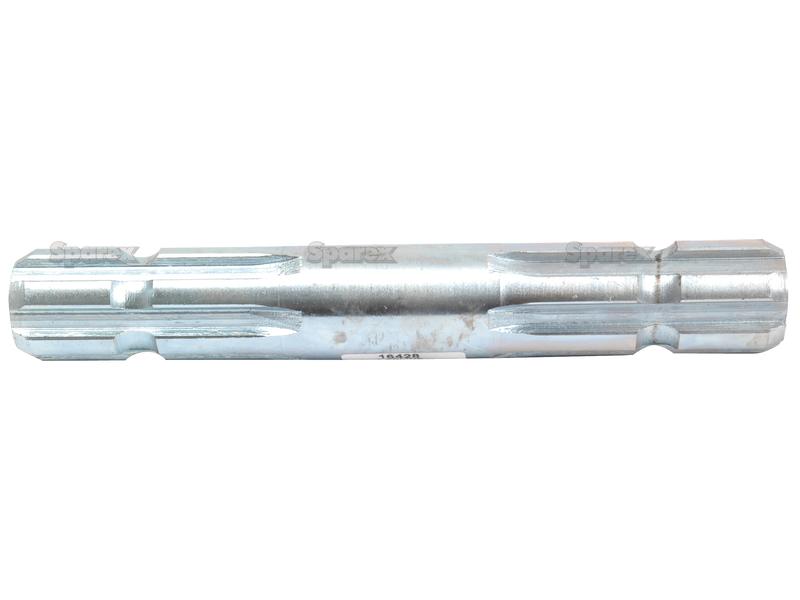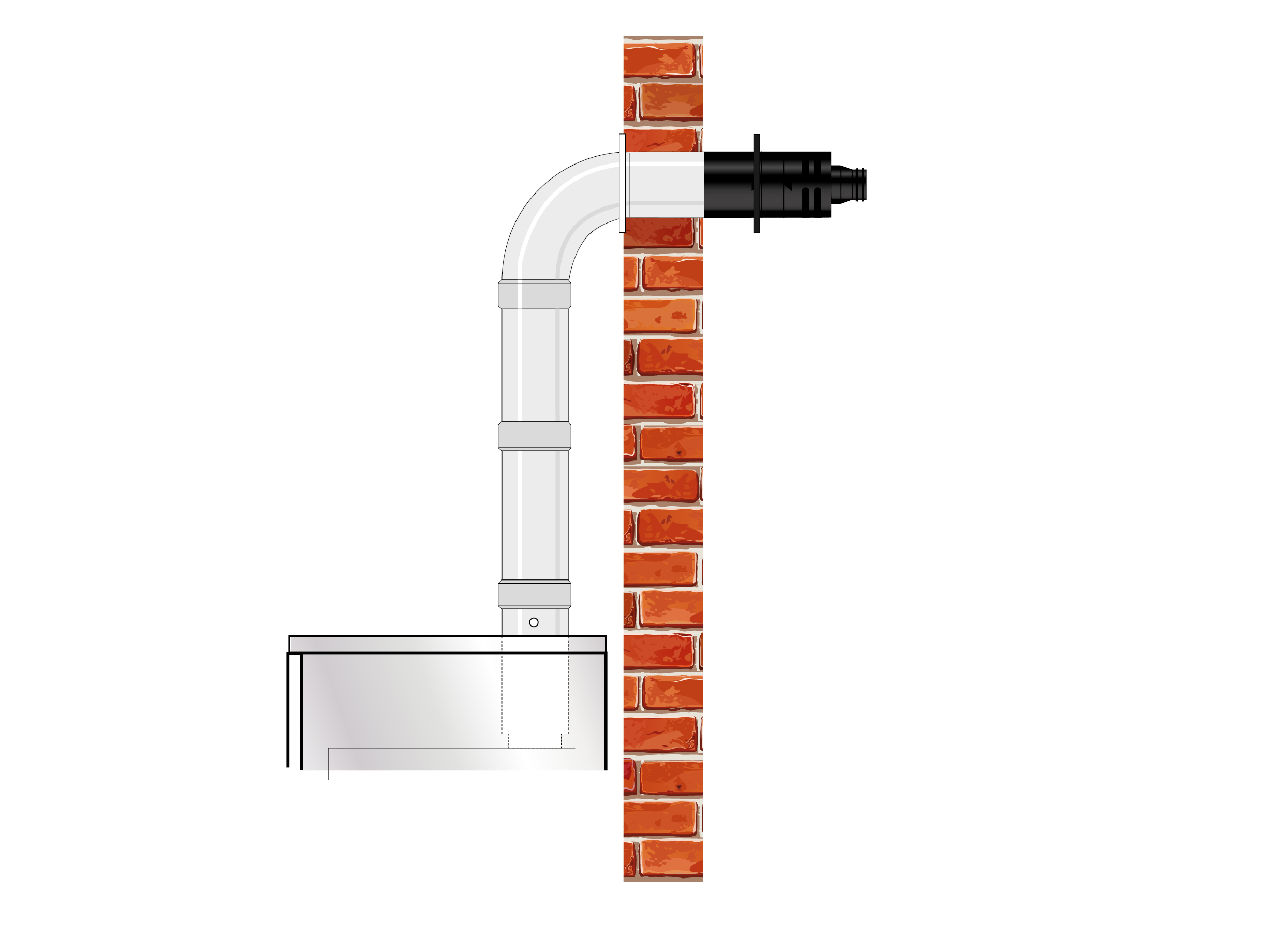

You will find a “ Trajectory Smoothing Window Size ” control. Open that menu up, and click on the “ Trajectory ” tab.
#Vmd fieldlines max length movie
The real answer to making the movie look smoother is found under the Graphical Representations menu. Changing this step doesn’t seem to help the jerkyness much, does it? Notice how jumpy this “movie” looks with the step set to 1.

The difference (from the loading step) is that these frames are still there, they are simply not viewed. The “ step ” command allows you to skip frames in playback. You will probably have to adjust the speed of the playback: experiment with the “ Loop ” pulldown and the “ step ” and “ speed ” controls. Now you can view the trajectory, movie-like, by clicking on the play button (see below). In the example below, I am going to load every 10th frame of the whole trajectory. You can set the first frame to load, the last frame to load, and the “ Stride ”, which tells you the skipping step. In these cases, you may want to skip some regular number of frames. Or, the simulation may have saved data every 10 timesteps, and you want to cut it down to every 100 or 500 timesteps. Sometimes these DCD files will be large, and you only want an idea of what the data looks like. Go ahead and represent them however you want.

When you are done, you should see a roughly cubical box of butanes. I don’t know why this isn’t the default behavior. It is also a good idea to click the “Load all at once” button (magenta) or else you will have to wait while VMD moves through the DCD file frame-by-frame. Even if the suffix of your file was something strange like “.trj” or “.lop”, if you set this properly, the file will be read properly. In this case, you must make sure the filetype is set to “CHARMM,NAMD,XPLOR DCD.” (orange). You should notice you are loading files for the ‘butane.psf’ (yellow arrow in picture below). Once you have the ‘ butane.psf ’ PSF loaded (don’t forget to hit “Load”), you can browse to the DCD file. Very often, the file auto-detect in VMD gets the file type wrong, so you should always check to make sure this is set to the correct filetype. In the menu, the PSF should always be loaded first. As usual, you can load this through the menu or through the tkcon. In order to load a trajectory, we need both the PSF and the trajectory file. įor this exercise, we will use three sets of data: Two (similar) peptides and a collection of butane molecules (You can get the files individually: ek12.psf ek12.dcd ck12.ps f ck12.dcd butane.psf butane.pdb butane.dcd j or everything as a. In addition, we can make movies using this data. This gives us a powerful quantitative tool. These are usually binary (machine-readable), not ASCII (human-readable), as binary files are much smaller than ASCII, and all those coordinates add up! Having all these coordinates means that we are able to measure dynamic properties of our simulation experments: secondary-structure evolution, diffusion constants, correlations between groups, and so on. The common format we will use (from CHARMM and/or NAMD) is a. Thus, in order to get a (barely) meaningful simulation experiment of 10 ns, one would need 10 million timesteps of 1fs each.Įach trajectory file is essentially a PDB file for each saved timestep. In order to do this, time is broken up into discrete timesteps, usually 1 or 2 fs (1 fs = 10 -15 sec). What exactly is a step? Well, Molecular Dynamics integrates Newton’s equations, using the forces applied on each atom from its neighbors to move it around. Usually, not every finite time step of the simulation is saved: every 100 or 500 or 1000 steps saved is common. Trajectories are files that contain coordinates for all the atoms over the course of the simulation. Save the modified file to the output file.Introduction to Molecular Dynamics Trajectories Search and replace a given string in the inputed file.\n") Check the spelling for the file using the dictionary.\n")

Printf("Not enough input arguments in the command line.\n") Int save(const char *input, const char *output) Int searchReplace(const char *input, const char *dict, struct TData *pInput, struct TData *pDictionary) Int checkSpelling(const char *input, const char *dict, struct TData *pInput, struct TData *pDictionary) I have tried using gdb to see where the seg fault occurs but I am getting that it exits right away which I don't completely understand. The seg fault occurs in the function checkSpelling. I am trying to input a file into a two-dimensional array but I am getting a seg fault when trying to find the max line length and the max number of lines.


 0 kommentar(er)
0 kommentar(er)
